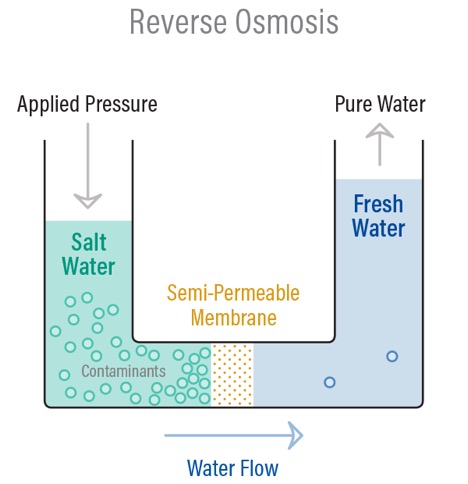Water is essential to life and, in Bermuda, conservation is engrained in our culture based on our history going back 400 years. A video montage would show water falling off of a white roof, crawling through the pipes to our shower heads, washing our most delicate parts, brushing our teeth. We would watch it being filtered to our drinking glasses and so on to give a thousand images of water use throughout our day. Water is the most important resource for living, but where does it come from? Here is a look at the different sources in Bermuda.
Rain falling on roofs
Water from the Bermuda roofs provides between 50-70 percent of our freshwater. By law, Bermuda houses have to be built with a white-stepped roof and the underground tank that we know so well. The white color reflects ultra-violet light, which helps to purify the water as it’s being collected.
For this system to work, though, 80 percent of the roof needs to have adequate guttering and the storage tanks must have a capacity of at least 100 gallons for every 10 feet of roof space. Voila, freshwater. Keeping the tanks clean is another issue that is an important responsibility of the owners.
Ground water or “brackish water”
From water located in the pore space of soil and rock “Borehole well”. Recently, exploration under the island discovered a series of freshwater “lenses” or aquifers under the surface where ground water accumulates. These are layers of fresh groundwater that sit on top of heavier salt water.
Around three-quarters of a billion – or 750,000,000 – liters of water end up in the lenses as refurbishment water every year. Over 3,000 households on the island have private wells that tap into these lenses to provide additional water. It can be brackish, so the water isn’t potable (meaning you can’t drink it). It’s used mainly for flushing toilets and watering gardens. It can, however, be treated using Reverse Osmosis Systems, Media Water Filters, Chemical Dosing, UV Sterilizers.
Reverse Osmosis or desalination
Water from the ocean is treated using Sea Water Reverse Osmosis Systems, whichis a process where you demineralize or deionize water by pushing it under pressure through a semi-permeable Reverse Osmosis Membrane.
Bermuda has six plants that generate around 13,500 cubic meters of water per day, or 200 million gallons a year. Both hotels and golf courses use large amounts of water and Bermuda has more golf courses per capita than any other country.
Both hotels and golf courses use large amounts of water and Bermuda has more golf courses per capita than any other country.
Many of the large hotels use water produced by the reverse osmosis plants so that their guests can enjoy an abundance of fresh water – you can imagine that a hotel would be a big water user. Just think of all those towels. Sometimes this desalinated water is used primarily for laundry and showers – then it’s collected, treated and use again for irrigation.
One government storage tank in Devonshire Parish alone holds three million gallons of reserve water produced through desalination. There are pipes from the tank that lead to key parts of the island; including Hamilton, Shelly Bay, some Prospect housing and King Edward Memorial Hospital.
Other storage facilities supply military properties in St. George’s, Ordinance Island, the Somerset and Hamilton Parish quarries, and other key buildings and facilities.
Government water supply
During dry spells, the Water and Sewage Section of Public Works manages and provides water and sewerage services throughout Bermuda. The current government water supply system produces approximately 200 million gallons of water each year. Fortunately, as a last resort, truckloads of fresh water can replenish tanks.
For 400 years, the island has put innovative practices in place that can be mimicked by countries all over the world. Bermuda has a unique opportunity to place itself to the world as a leader in water conservation. Looking at our practices, our culture to conserve could be the way of the future. What can we do with that power?
This article was originally published in the June Edition of the RG Green Pages supplement.

